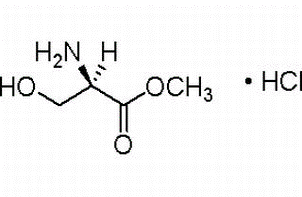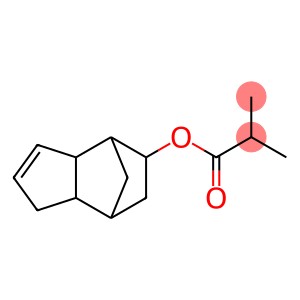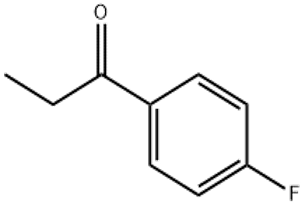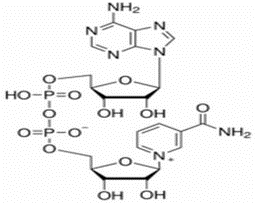2,4-Dibromoaniline(CAS#615-57-6)
| Risk Codes | R36/37/38 – Irritating to eyes, respiratory system and skin. R33 – Danger of cumulative effects R20/21/22 – Harmful by inhalation, in contact with skin and if swallowed. R51/53 – Toxic to aquatic organisms, may cause long-term adverse effects in the aquatic environment. R25 – Toxic if swallowed |
| Safety Description | S36/37/39 – Wear suitable protective clothing, gloves and eye/face protection. S26 – In case of contact with eyes, rinse immediately with plenty of water and seek medical advice. S61 – Avoid release to the environment. Refer to special instructions / safety data sheets. S45 – In case of accident or if you feel unwell, seek medical advice immediately (show the label whenever possible.) |
| UN IDs | 2811 |
| WGK Germany | 3 |
| TSCA | T |
| HS Code | 29214210 |
| Hazard Class | 6.1 |
| Packing Group | III |
Introduction
2,4-Dibromoaniline is an organic compound. The following is an introduction to its properties, uses, manufacturing methods and safety information:
Quality:
2,4-Dibromoaniline is a colorless crystal that is soluble in organic solvents such as ethanol, acetone and ether, and slightly soluble in water. It has a strong pungent odor.
Use:
2,4-Dibromoaniline has a wide range of applications in organic synthesis. It can be used as a precursor for dyes and pigments, and can also be used to prepare functional materials such as fluorescent brighteners.
Method:
The preparation method of 2,4-dibromoaniline can be obtained by bromination reaction between aniline and bromine under appropriate reaction conditions. A commonly used preparation method is to add bromine to aniline under alkaline conditions, then react it by constant temperature stirring, and finally go through the steps of filtration, washing and crystallization to obtain the target product.
Safety Information:
2,4-Dibromoaniline is an irritating compound that may cause irritation and burns upon contact with the skin and eyes. Appropriate protective gloves, goggles, and protective clothing should be worn during operation to avoid inhaling vapors. It should be operated in a well-ventilated area and avoid contact with flammable substances. Care should be taken to comply with relevant safety regulations during storage and handling to avoid ignition and static electricity.








